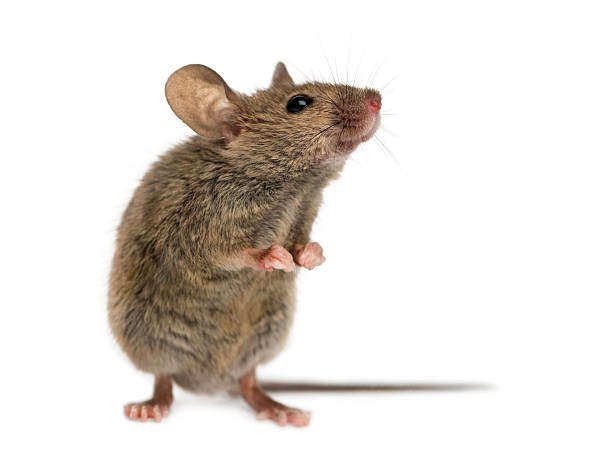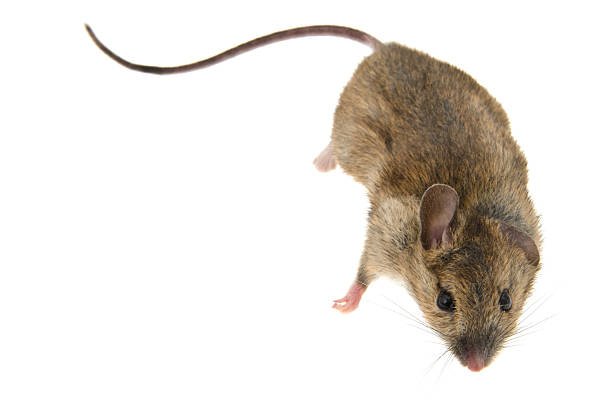Today we will be looking at two very distinctive pests, the field mice vs house mice! These rodents may look similar in some ways but there are ways to differentiate them that you were not even aware of.
Of course from their names, the field mice will definitely be found in the fieldswhilethe house mice are of course prevalent in the house. Let us now find out more about the field mice vs house mice.
Read more:Do Mosquitoes Die After They Bite You? | Truth Exposed
How Do I Identify a Field Mouse?

Field mice is a term utilized for an assortment of mice found in the U.S. counting-house mice (mus musculus). As the name suggests, they are normal in fields, which is likewise valid for some different mice species.
Nonetheless, a few animal categories may likewise be tracked down abiding in the fields, woodlands, and old, rustic homes.
Nighttime in nature, they are careful and adventure outside solely after having completely surveyed their environmental elements.
Mice utilize their jackets as cover, mixing in with rocks or dried leaves.
In spite of this, these mice are many times consumed by their hunters. Most field mice don’t get by until their subsequent year.
Field mice are regularly found around homes subsequent to having caused harm and benefiting from the roots and leaves of plants seen as neighboring.
Whenever field mice come inside, they are much of the time found by noticing the little runways they develop in the loft, cellar, and creep space(s).
In the wild, field mice are regular burrowers, building homes inside plants and designs they go over. This frequently implies inside empty logs or dead trees, inside heaps of wood, and around heaps of plant flotsam and jetsam. Tunnels are for the most part developed under sheets, brushes, logs, or shakes the mice find in the wild.
Read more:Types of Bugs That Look Like Cockroaches
How Do I Identify a House Mouse?

Ordinarily, the house mouse makes its home in ranch fields, verdant and lush regions, building homes in regions that are dim and shielded from the components and near a promptly accessible food source.
Whenever the temperatures outside start to drop, house mice, since they don’t sleep, start looking for a hotter spot to reside. Extremely curious in nature, the house mouse will go through the day meandering in its domain, investigating anything new or strange.
They can remain on the rear legs, too, and are upheld by the tail, which likewise gives balance while moving.
House mice typically run, walk, or stand down on the ground, however, while eating, battling, or situating themselves, they back up on their rear legs with extra help from the tail – a way of behaving known as “tripoding”.
Mice are great jumpers, climbers, and swimmers, and are for the most part viewed as thigmotactic, for example generally endeavor to keep in touch with vertical surfaces
Field Mice vs House Mice: Differences and Similarities
A field mouse’s typical life expectancy is around one and a half years, while the house mouse lives close to 2 years.
Nonetheless, the two rodents live longer in regions that give them better assets so why mice are kept as pets to live longer. A female mouse can have 5 to 10 litters each year, with around 6-8 children for every litter.
An exceptional component that can assist you with deciding if you’re managing a house mouse or a field mouse is to take a gander at the droppings and pee they abandon.
Field mice or deer mice generally have droppings with pointed closes, while house mice droppings regularly look like a grain of rice.
Then again, house mice can get illnesses like Lymphocytic choriomeningitis and leptospirosis. The two mice can likewise acquire different irritations like insects and ticks into your home. These parasites can likewise convey different ailments like Lyme illness, which can create different issues.
Quite possibly the most obvious contrast between the two rats is that house mice have hair on their tails, while field mice or deer mice have more limited tails that don’t have hair.
Whenever they plague your home, the two rodents can bring genuine harm and convey an assortment of sicknesses that can be well-being perils for yourself and different people.
Field mice or deer mice are known to convey hantavirus, which is a respiratory infection that can be lethal. An individual can get hantavirus when they breathe in the infection from tainted mouse pee or droppings.
A house mouse’s body measures around 2.5 to 3.2 inches long. Then again, a grown-up field mouse is marginally greater than the house mouse with its body estimating around 3 to 4 inches.
Read more:Adopting a Cat From PetSmart? Here are 5 Important Things You Need To Know
Conclusion
We have finally come to a conclusion on the subject topic (field mice vs house mice) and can now boldly state the differences between these two rival pests.
If you have learned something new from today’s article then do not relent to share it with a friend or two and drop your questions (if any) in the comments section below!
About The Author
Discover more from Pestclue
Subscribe to get the latest posts sent to your email.
